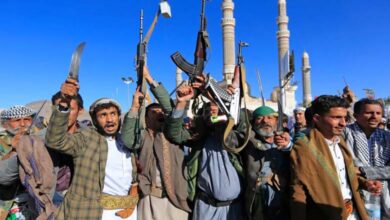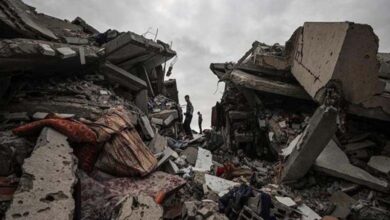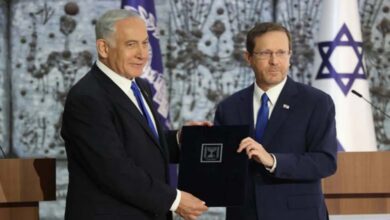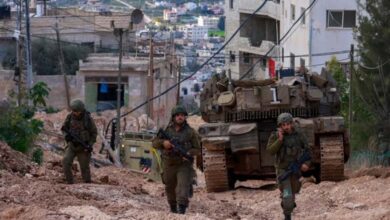Gaza Foundation: Potential U.S. Funding Could Entangle Washington in Aid Chaos
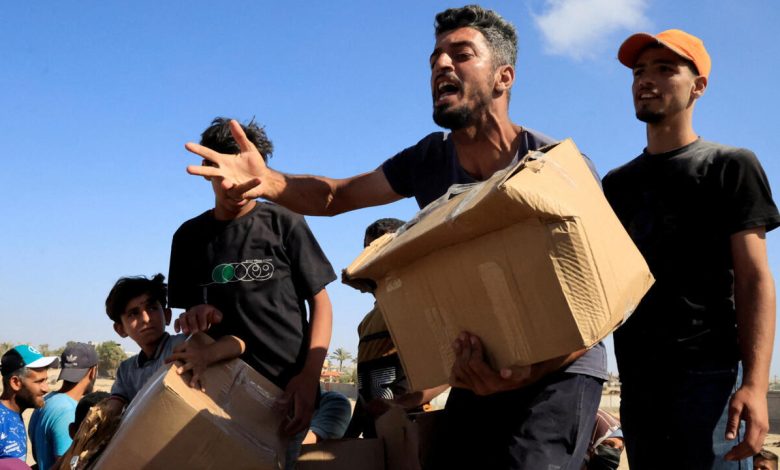
Persistent questions surround the funding sources of the Gaza Humanitarian Foundation, a U.S.-backed organization tasked with distributing aid in the Gaza Strip.
-
The Story of Two Grandchildren May Reopen the Genocide File in Gaza… Will France Take Action?
-
U.S. Veto Blocks Ceasefire Efforts in Gaza
Two well-informed sources and two former U.S. officials told Reuters that the U.S. State Department is considering allocating $500 million to the newly established foundation.
Reuters noted that the move “could deepen U.S. involvement in a controversial aid effort marked by violence and disorder.”
The sources and former officials, all of whom spoke on condition of anonymity due to the sensitive nature of the matter, said the funds would come from the U.S. Agency for International Development (USAID), which is being integrated into the State Department.
-
Special Operation: Israel Announces Recovery of Two Hostages’ Bodies from Gaza
-
Latest Gaza News: 15 Killed While Waiting for Aid, Israel Acknowledges Incident
Lack of Neutrality
The sources said the plan has faced resistance from some U.S. officials concerned about the fatal shootings near aid distribution sites and the efficiency of the Gaza Humanitarian Foundation.
The foundation began distributing aid last week amid warnings that most of Gaza’s 2.3 million residents are at risk of famine.
It has come under harsh criticism from humanitarian organizations, including the United Nations, for its alleged lack of neutrality.
-
When the Besieged Rise Up… Gaza Shouts at Hamas
-
Palestinian Political Analyst: The Occupation Is Deliberately Starving Gaza’s Children to Break the People’s Resilience
The foundation’s director has resigned, and operations were suspended twice this week due to overcrowding at distribution centers.
As of this writing, neither the U.S. State Department nor the Gaza Humanitarian Foundation has responded to requests for comment.
The foundation uses private U.S. security and logistics companies to transport aid into Gaza for distribution at so-called “secure distribution sites.”
-
Gaza… The Hungriest Place on Earth
-
Hunger Precedes Aid: Food Warehouse Stormed in Gaza Amid Humanitarian Collapse
180 Days of Operation
While both the Trump administration and Israel deny funding the foundation, they have been pressuring the UN and international relief organizations to work with it.
The U.S. and Israel claim that aid distributed through the long-established UN network has been diverted to Hamas, which denies the allegations.
A source familiar with the proposal and a former senior official said the $500 million proposal has been supported by Ken Jackson, USAID’s Deputy Director. The source added that Israel requested the funds to ensure the foundation’s operations for 180 days.
-
After the Chaos of the First Distribution… Will the New Aid Mechanism in Gaza Hold?
-
Did the Gaza Truce Falter Over a Handshake? Details of the Rejected Proposal
U.S. Concerns
Some U.S. officials are concerned about crowds and violence near the foundation’s aid centers and want well-known NGOs with Gaza relief experience to be involved—if the funding is approved—something Israel is likely to oppose.
Gazan hospital officials reported that over 80 people were shot dead and hundreds injured near the foundation’s distribution points between June 1 and 3.
-
Gaza Aid: Sudden Resignation of Director of the New Mechanism
-
War in Gaza: Intensified Israeli Strikes and Rocket Response
Since its launch, the foundation has opened three distribution centers, but only two were functioning in the past two days.
Witnesses blamed Israeli soldiers for the killings. The Israeli military stated that warning shots were fired on two days and said on Tuesday that troops fired at Palestinian “suspects” advancing toward their positions.
-
U.S.-Backed Gaza Aid Plan Rejected by the United Nations
-
Disarming Hamas in Exchange for Political Participation: A New Gaza Ceasefire Proposal
Funding Secrecy
The foundation, registered in Switzerland, and SRS, its U.S.-registered partner, do not disclose the sources of their multimillion-dollar funding.
Just days ago, Israeli opposition leader Yair Lapid said in the Knesset that Prime Minister Benjamin Netanyahu’s government was funding the controversial aid mechanism.
Israel’s public broadcaster also confirmed the government had transferred 700 million shekels—over $200 million—for the aid operation.
-
“Enough”: A Palestinian Cry from Gaza
-
Political Analyst: Gaza Faces a Slow Death Amid Disgraceful International Silence
Netanyahu Denial
The Prime Minister’s Office and the Finance Ministry quickly issued a denial: “The State of Israel does not fund humanitarian aid for Gaza’s residents.”
Restricted Hours
The Israeli military has told Palestinians in Gaza that access to aid distribution points is only permitted between 6 AM and 6 PM.
-
Land Sea and Air… Israel Prepares for an Unprecedente Incursion into Gaza
-
Mass Displacement and Annexation Threats: The West Bank Faces a Gaza-Like Scenario
According to the Times of Israel, IDF spokesperson Avichay Adraee stated the area is considered a closed military zone outside those hours.
On Friday, the Gaza Humanitarian Foundation announced the closure of all its distribution centers until further notice and urged residents to stay away from the locations “for their own safety.”


